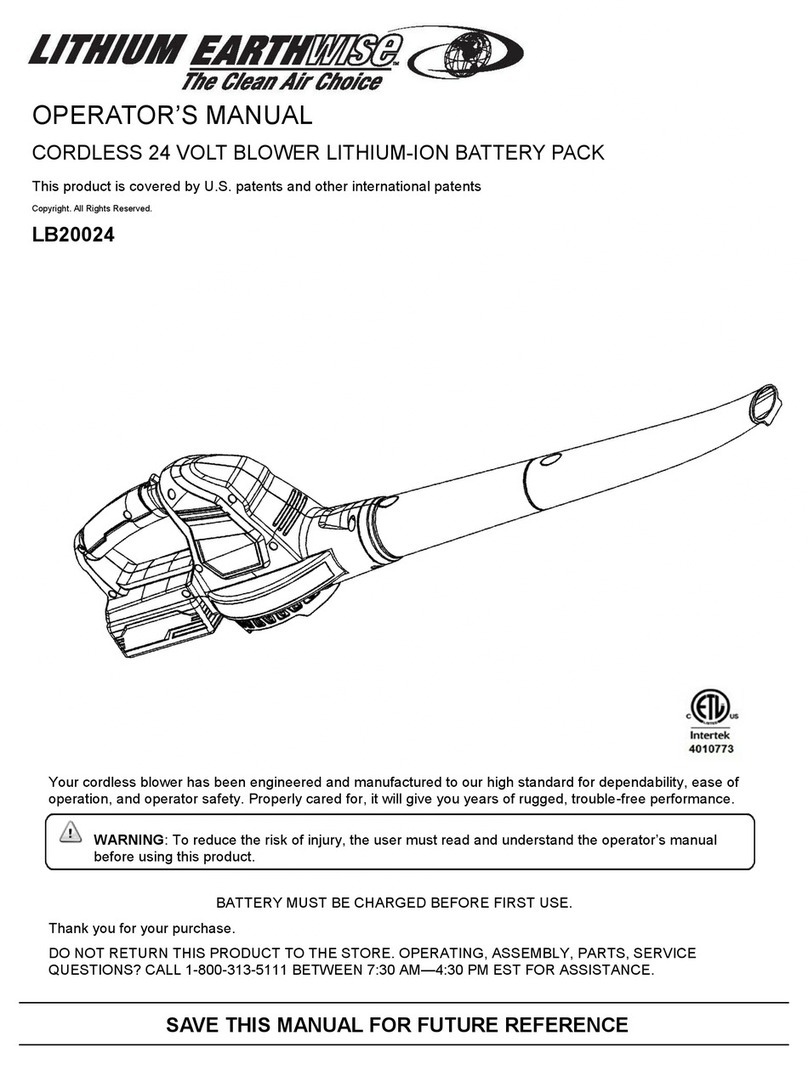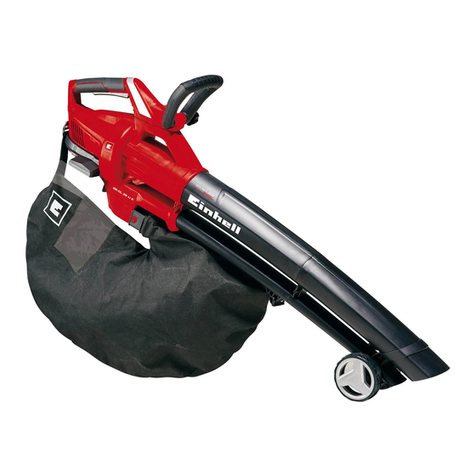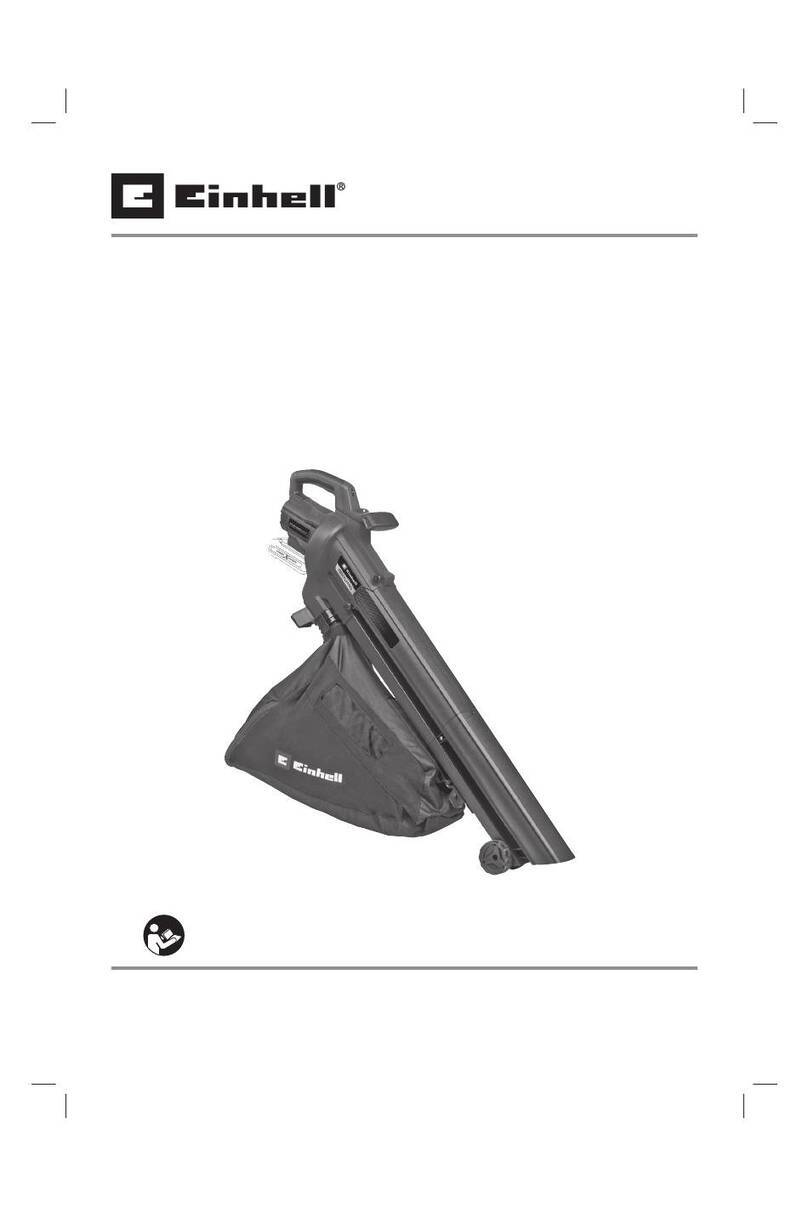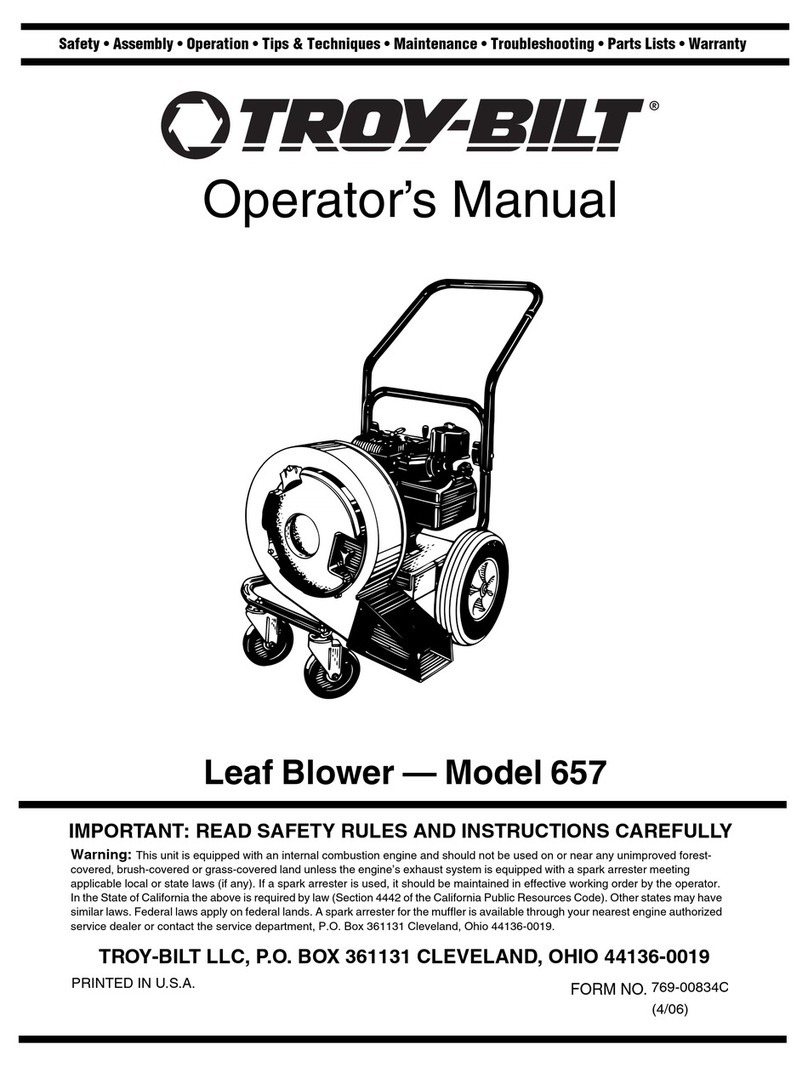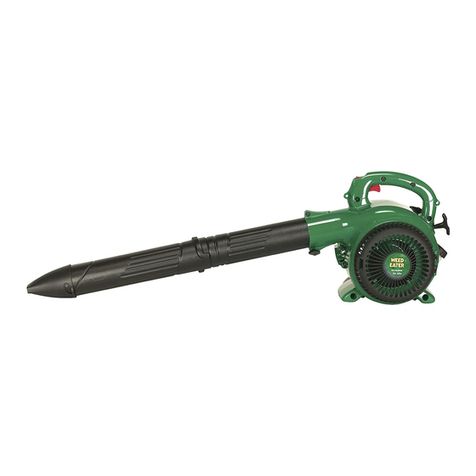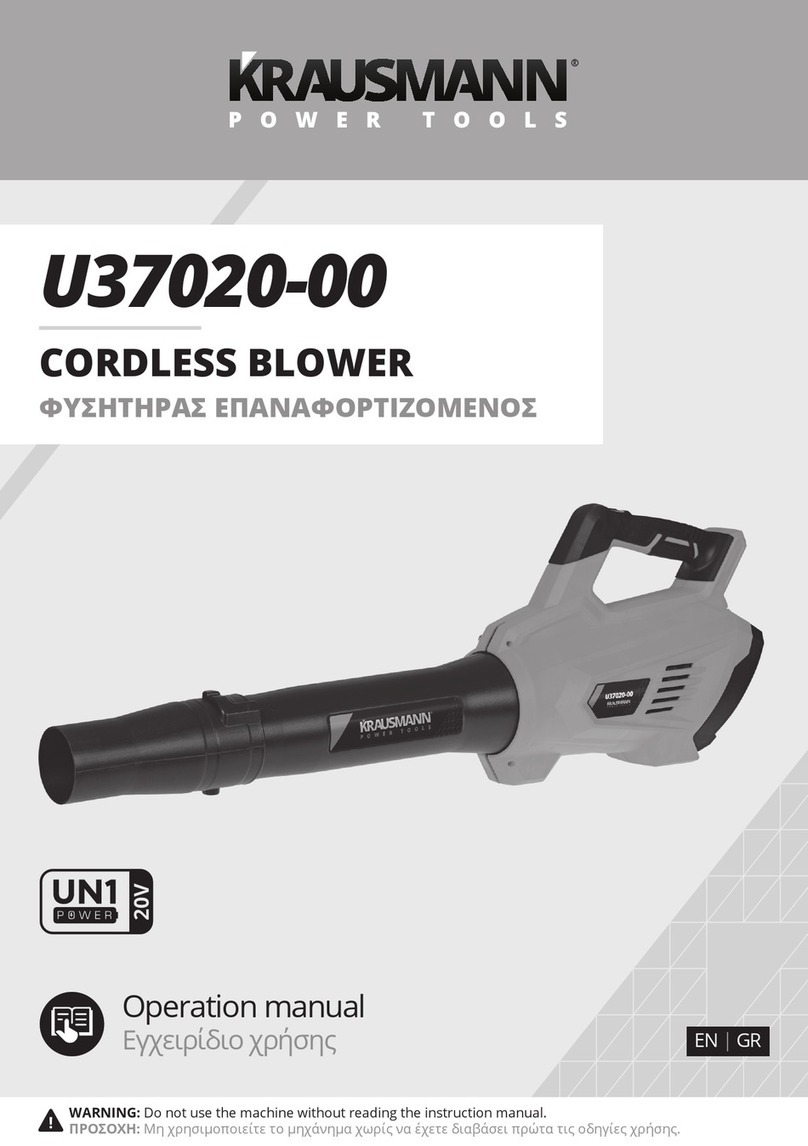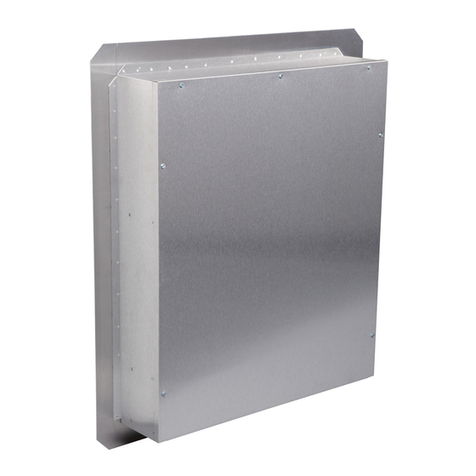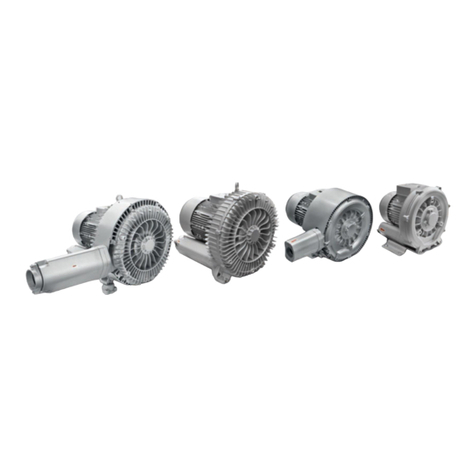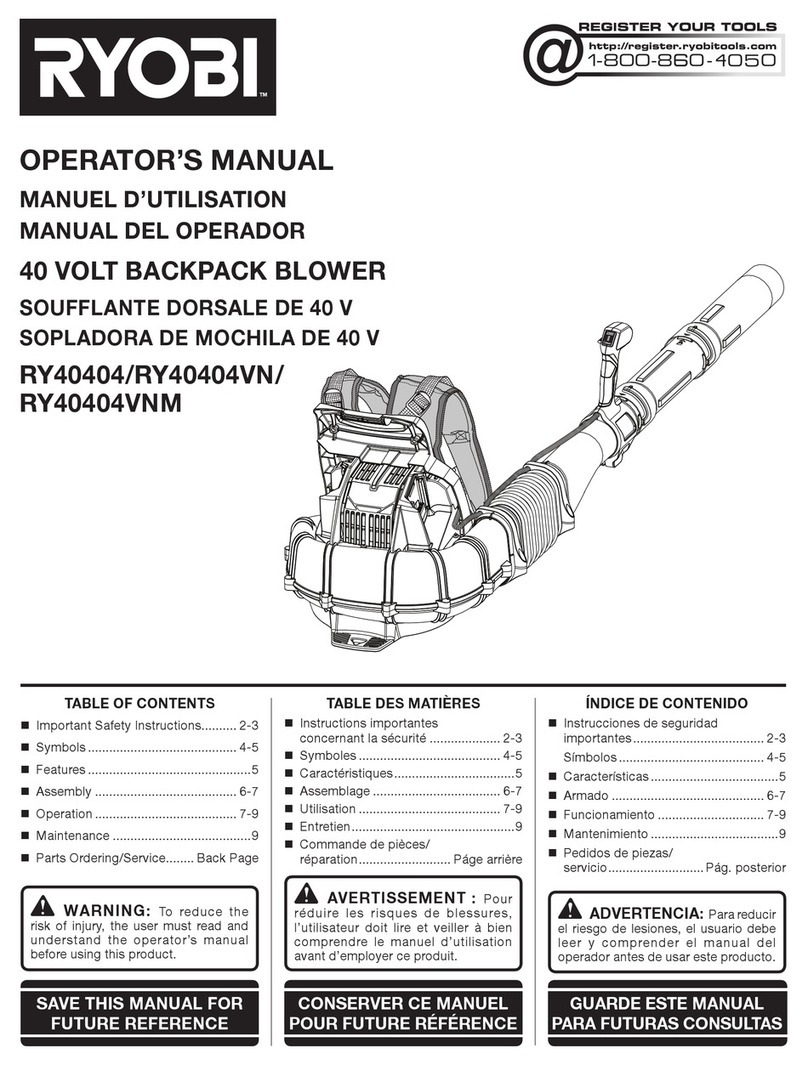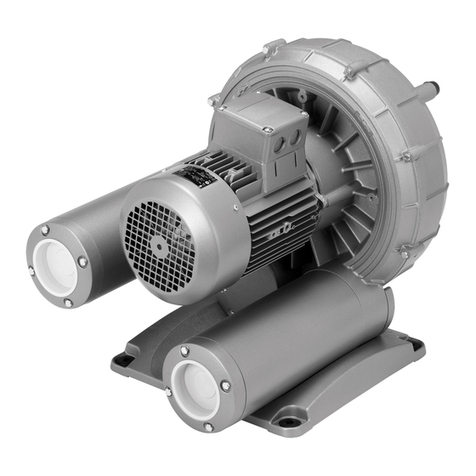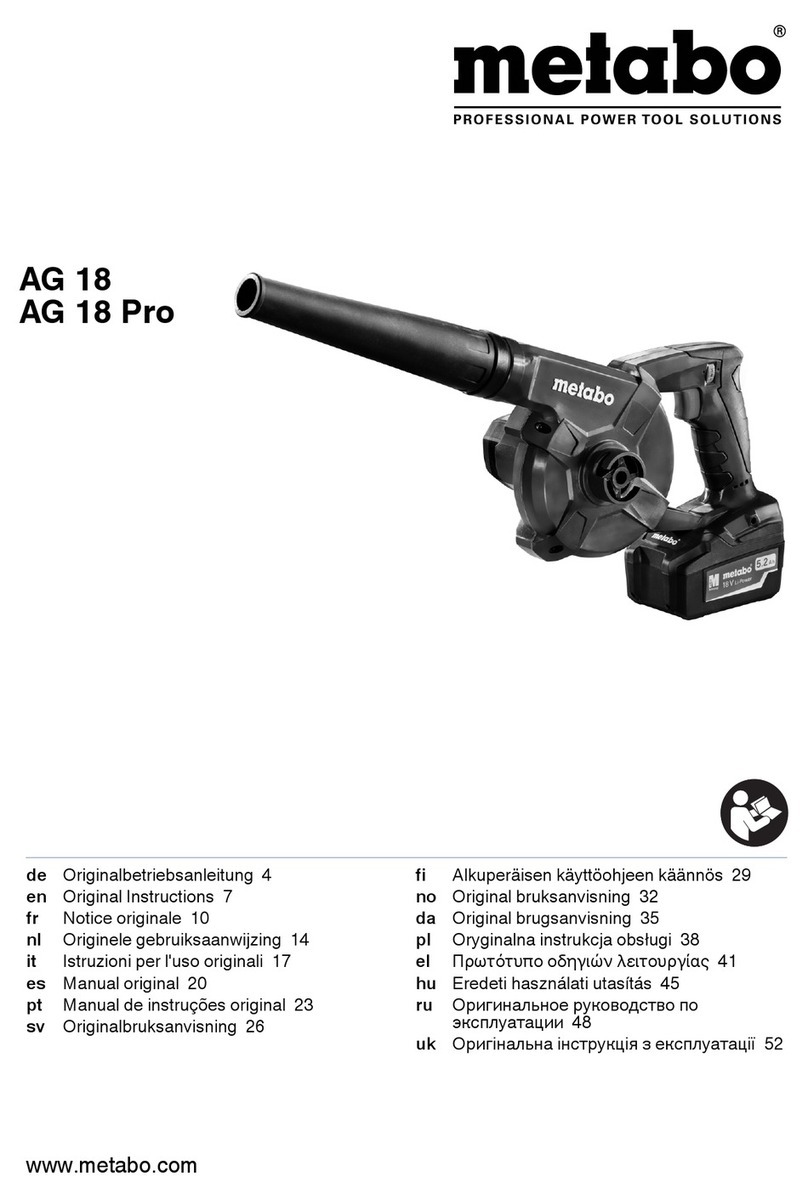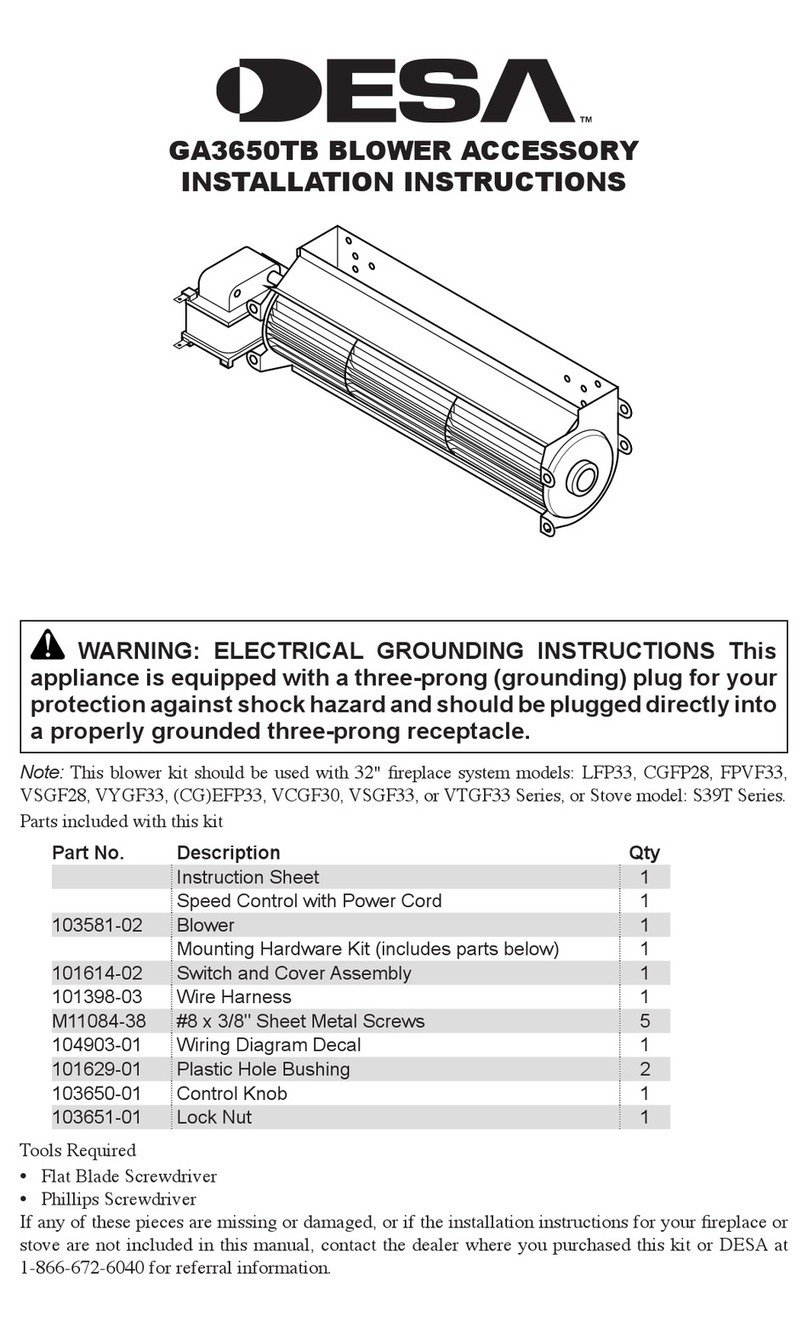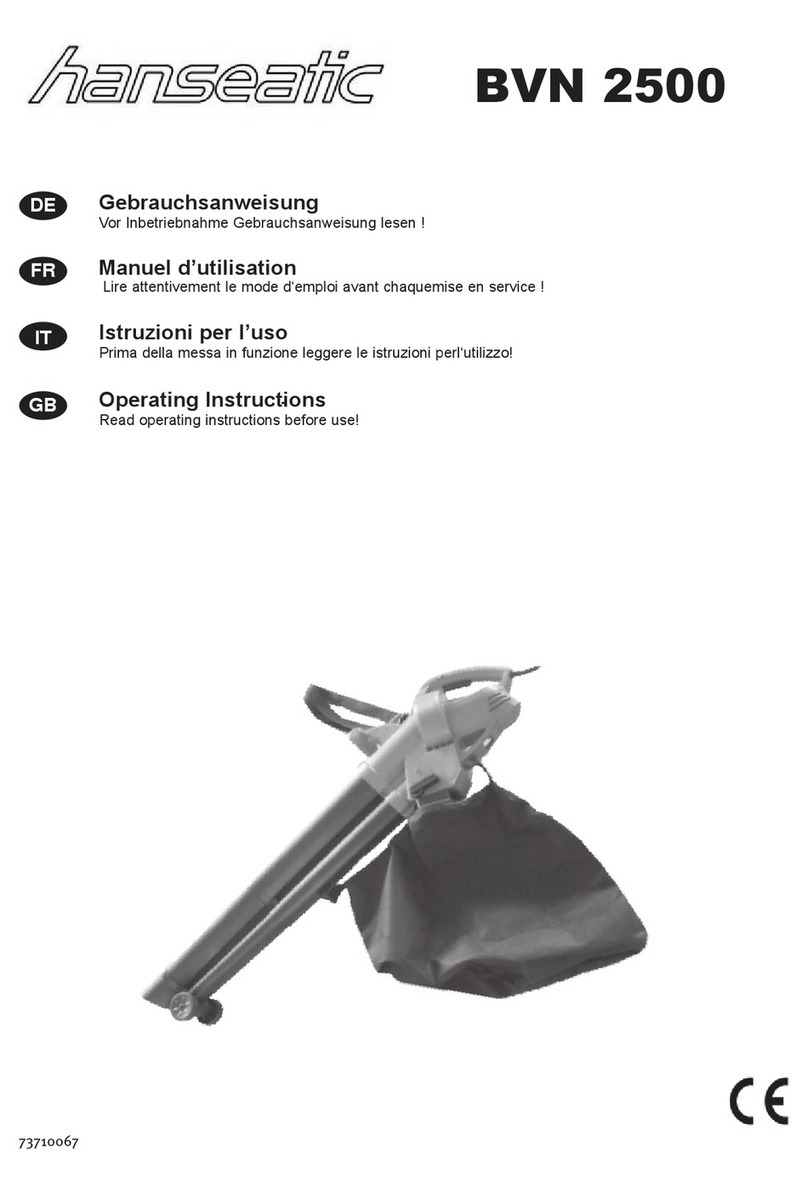
Chapter 1: Introduction
Product Service 1-800-522-7658
Chapter 8: Troubleshooting contains a table of situations you may encounter
while using your blower including the probable causes of the problems and
suggested corrective actions.
Appendix A: Blower Replacement Parts contains labeled diagrams of all of the
components of the blowers.
Appendix B: Blower Dimensions contains comprehensive diagrams showing all of
the dimensions for the various blowers.
Appendix C: Blower Environmental Conditions contains the environmental
conditions to operate the blower.
Typographical Conventions
Recognizing the following typographical conventions will help you understand and
use this manual:
Book, chapter, and section titles are shown in italic type (e.g., Chapter 3:
Getting Started).
Steps required to perform a task are presented in a numbered format.
Comments located in the margins provide suggestions, reminders, and
references.
Critical information is presented in boldface type in paragraphs that are
preceded by the exclamation icon. Failure to comply with the information
following an exclamation icon may result in injury to the user or permanent
damage to the Blower.
L'information critique est présenté en caractères gras dans les paragraphes qui
sont précédés de l'icône d'exclamation. Le non respect de l'information suite à
un point d'exclamation peut entraîner des blessures à l'utilisateur ou des
dommages permanents au ventilateur.
Critical information is presented in boldface type in paragraphs that are
preceded by the wrench icon. Only a trained certifier or contractor should
perform these operations. Failure to comply with the information following a
wrench icon may result in injury to the user or permanent damage to your
Blower.
L'information critique est présenté en caractères gras dans les paragraphes qui
sont précédés de l'icône de la clé. Seul un certificateur ou un entrepreneur
qualifié doit effectuer ces opérations. Le non respect de l'information suite à
une icône de la clé peut entraîner des blessures à l'utilisateur ou des dommages
permanents à votre ventilateur.
Important information is presented in capitalized type in paragraphs that are
preceded by the pointer icon. It is imperative that the information contained in
these paragraphs be thoroughly read and understood by the user.
A letter icon precedes information that is specific to a particular blower model.
The CS icon indicates the text is specific to the Coated Steel Blower.
